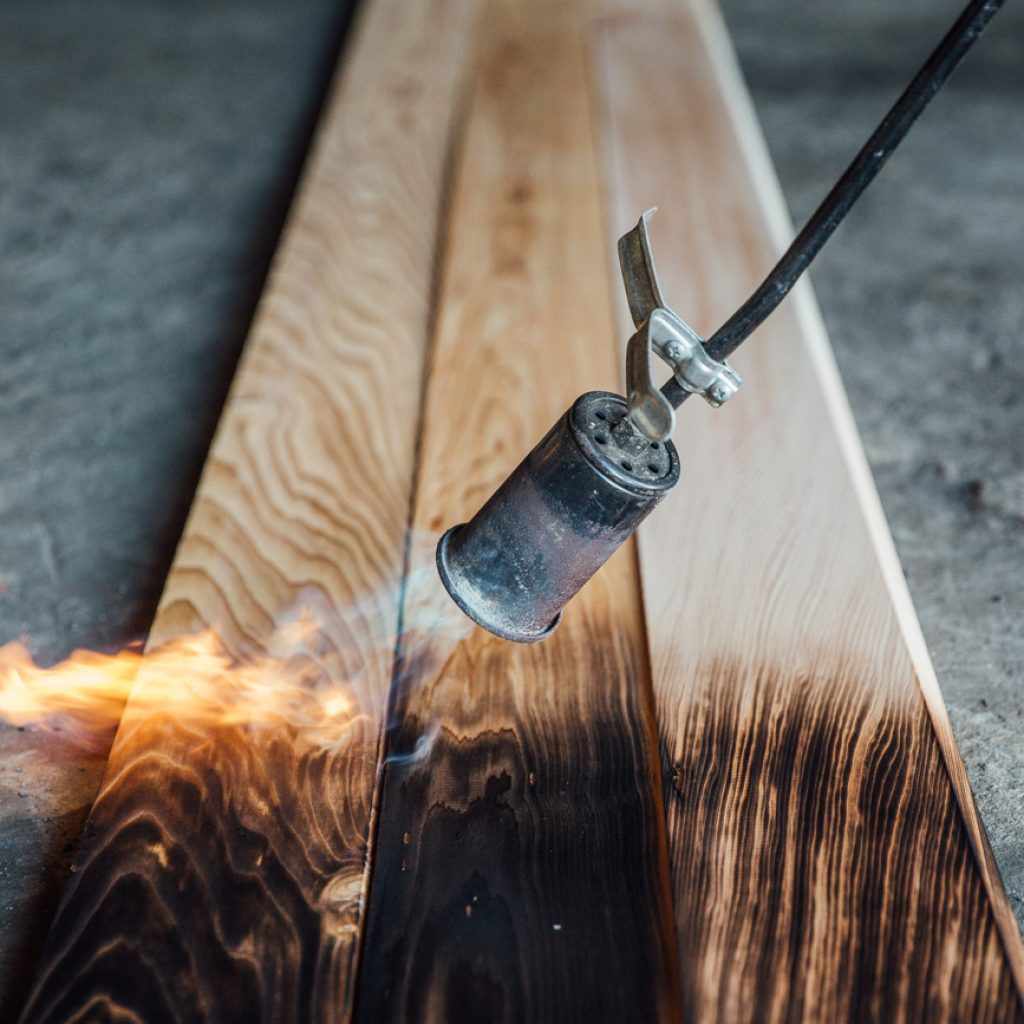
Natural materials have dominated modern architecture and design. Among all the types of wood, burnt larch cladding has become increasingly high in demand from homeowners and professionals alike, whether architects or designers. This methodology of treatment, developed since ancient times, provides a building with much beauty, is exceptionally durable, and sustainable. In this blog, we explore its timeless beauty, benefits, and reasons why burnt larch cladding is fast becoming one of the more favored materials in modern construction.
The Origins of Burnt Larch Cladding
The Burnt Larch cladding is a result of a Japanese art called Shou Sugi Ban, an extremely ancient method to char woods in order to preserve them. For centuries, this technology has been applied in Japan against weather conditions for constructing strong and resistant wooden constructions. Charring of the surface of the wood makes it rather resistant against fire, water, insects, and rot-the ideal thing for outdoor use.
While its origins are ancient, burnt larch cladding is very much a material of contemporary architecture, where the demand for sustainable, durable, and strikingly beautiful materials is stronger than ever. The blackened finish brings not just a dramatic difference in visual value but also an accentuation of the natural texture of larch, making any building texturally deep and giving it character.
The Unique Appeal of Larch Wood
The wood of larch, even without treatment, is naturally durable. Being a hardwood, larch is more resistant to decay than other softwoods, making it a great option for cladding. Because of its dense grain and high resin content, it naturally sheds water quite easily, which is important in outdoor applications. When larch goes through the burnt wood cladding process, these natural properties are amplified, making it both functional and aesthetically pleasing.
One of the key drivers for burnt larch cladding is its ability to merge classic aesthetics from charred wood with the pressing modern need for sustainability. Larch is a relatively fast-growing tree, and sourcing responsibly ensures that the environmental impact is kept as low as possible.
Benefits of Burnt Larch Cladding
There are several reasons why burnt larch cladding is an attractive option for exterior building projects. Let’s dive into some of the key benefits:
1. Aesthetic Appeal:- Burnt larch cladding offers a unique, rustic aesthetic that cannot be easily replicated by other materials. The blackened, charred finish creates a dramatic and bold appearance, while the natural grain of the wood remains visible, giving it depth and texture. Whether used in residential or commercial buildings, this cladding can help transform an ordinary structure into something truly eye-catching.
Moreover, the deep black finish contrasts beautifully with greenery and natural surroundings, making it an ideal choice for homes nestled in nature. The organic feel of the wood blends well with the environment while still offering a modern, sleek appearance.
2. Durability and Low Maintenance:- Burnt larch cladding is renowned for its durability. The charring process creates a layer of carbon on the surface of the wood, making it highly resistant to weather, UV damage, rot, and pests. This naturally protective layer helps the wood to last much longer than untreated timber, reducing the need for regular maintenance.
The low maintenance of burnt larch cladding is another key benefit. Unlike painted or stained wood, the charred surface does not need to be regularly reapplied with treatments or coatings. Over time, the cladding may develop a weathered look, adding to its charm, but it will retain its durability for decades.
3. Fire Resistance:- One of the most surprising benefits of burnt larch cladding is its enhanced fire resistance. While it might seem counterintuitive, the charring process makes the wood less flammable. The carbon layer created during burning acts as a barrier, preventing oxygen from penetrating the wood easily. This slows down the combustion process, providing extra time in the event of a fire and increasing the overall safety of a structure.
4. Sustainability:-Burnt larch cladding is one such option that may be considered 'green' in today's times, where sustainability in construction is increasingly in focus. Larch trees grow rather fast, and the making process of burnt larch cladding requires less use of chemicals than many other treatments applied to wood. Due to the longevity of the product, it will not need to be replaced as often, further reducing waste over time.
Besides, larch is often supplied from well-managed forests; thus, its usage has negligible impacts on the environment. When added to energy efficiency in new methods of building, burnt larch cladding becomes the key player in making a structure sustainable.
5. Cost-Effective:- While burnt larch cladding may have a slightly higher upfront cost compared to untreated wood, it offers long-term savings due to its low maintenance and durability. Over the years, homeowners can save significantly on repair and maintenance costs, making it a cost-effective option for those looking to invest in high-quality, sustainable materials.
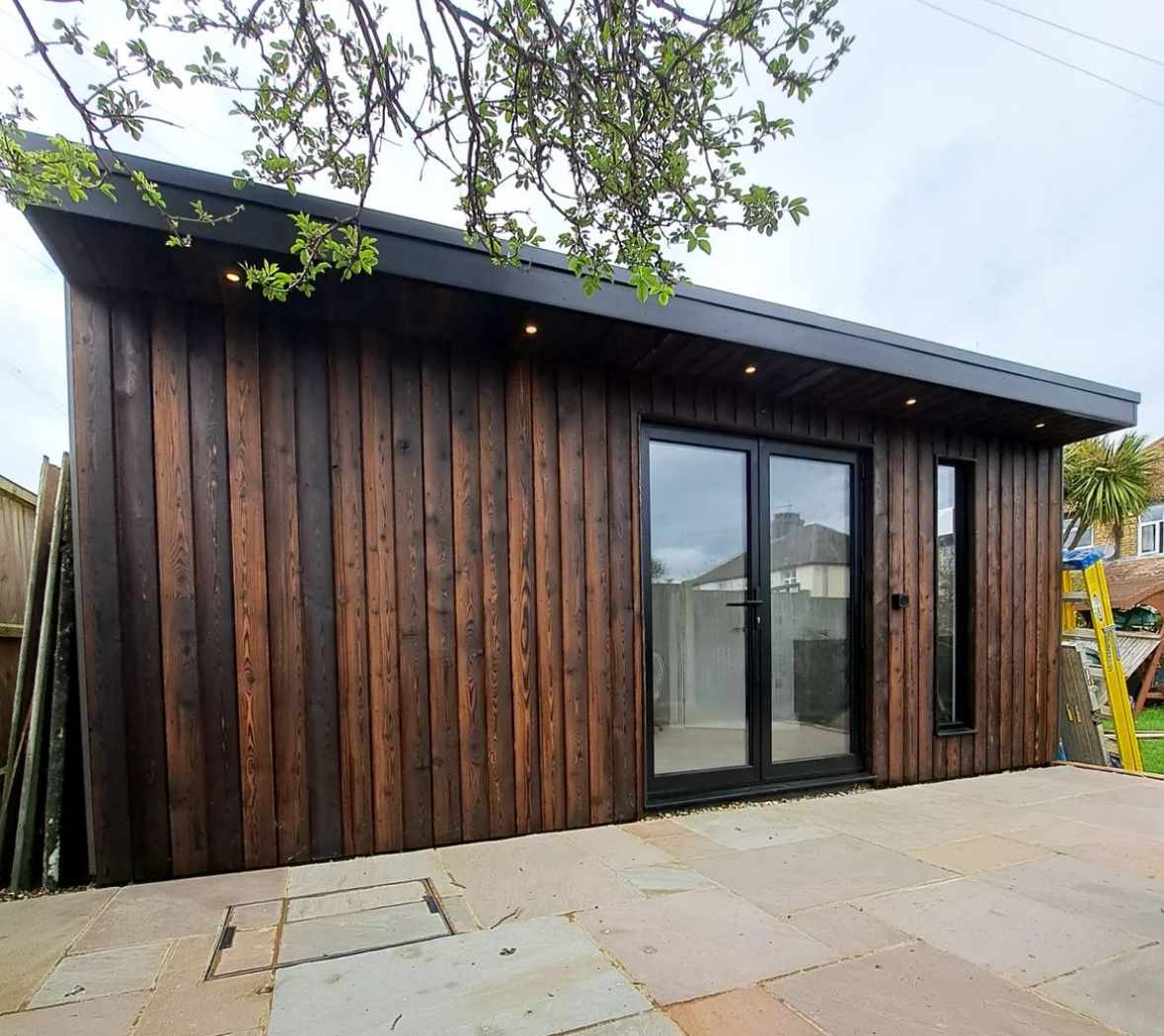
Applications of Burnt Larch Cladding
Burnt larch cladding is very versatile; hence, it can also be applied to a wide range of uses, ideal for exterior facades, and can also be used internally to create a warm, textured feature wall. The rustic natural look works well in both modern and traditional designs, thus making the type of burnt larch cladding popular in several architectural styles.
Residential Homes:- Many homeowners choose burnt larch cladding for their homes to achieve a distinctive, modern look. Its deep black color makes a bold statement while also being subtle enough to blend into natural surroundings. Whether used on the entire exterior or as an accent, burnt larch adds both charm and contemporary style to residential properties.
Commercial Buildings:- In commercial construction, burnt larch cladding is often chosen for its unique appearance and durability. It offers a refined, sophisticated look that stands out in urban environments, yet it can also enhance eco-friendly designs that focus on natural materials. Its low maintenance needs make it ideal for large-scale buildings where upkeep can be costly.
Garden Structures and Outbuildings:- Burnt larch cladding is a perfect choice for garden structures, outbuildings, and even fencing. The weather-resistant properties ensure that these outdoor features will last through the seasons, while the charred finish provides a contemporary contrast to surrounding greenery.
Conclusion: Why Choose Burnt Larch Cladding?
Burnt larch cladding is more than just a fad; it's a mix of tradition with sustainability and innovation. The visual storm that this kind of charred finish presents offers quite a raft of practical benefits, from fire resistance to low maintenance. Its durability and eco-friendliness make it an attractive choice for modern construction projects seeking to balance aesthetics with functionality.
With architecture continuing to evolve, the application of burnt larch cladding shows that methods from the past can easily find their place within modern designs. At home, commercially, or even outdoors, burnt larch cladding provides an effective ecological finish that will endure for years to come.
Burnt larch cladding makes a perfect material for the next project in which you may be involved, whether it's for beauty or durability.

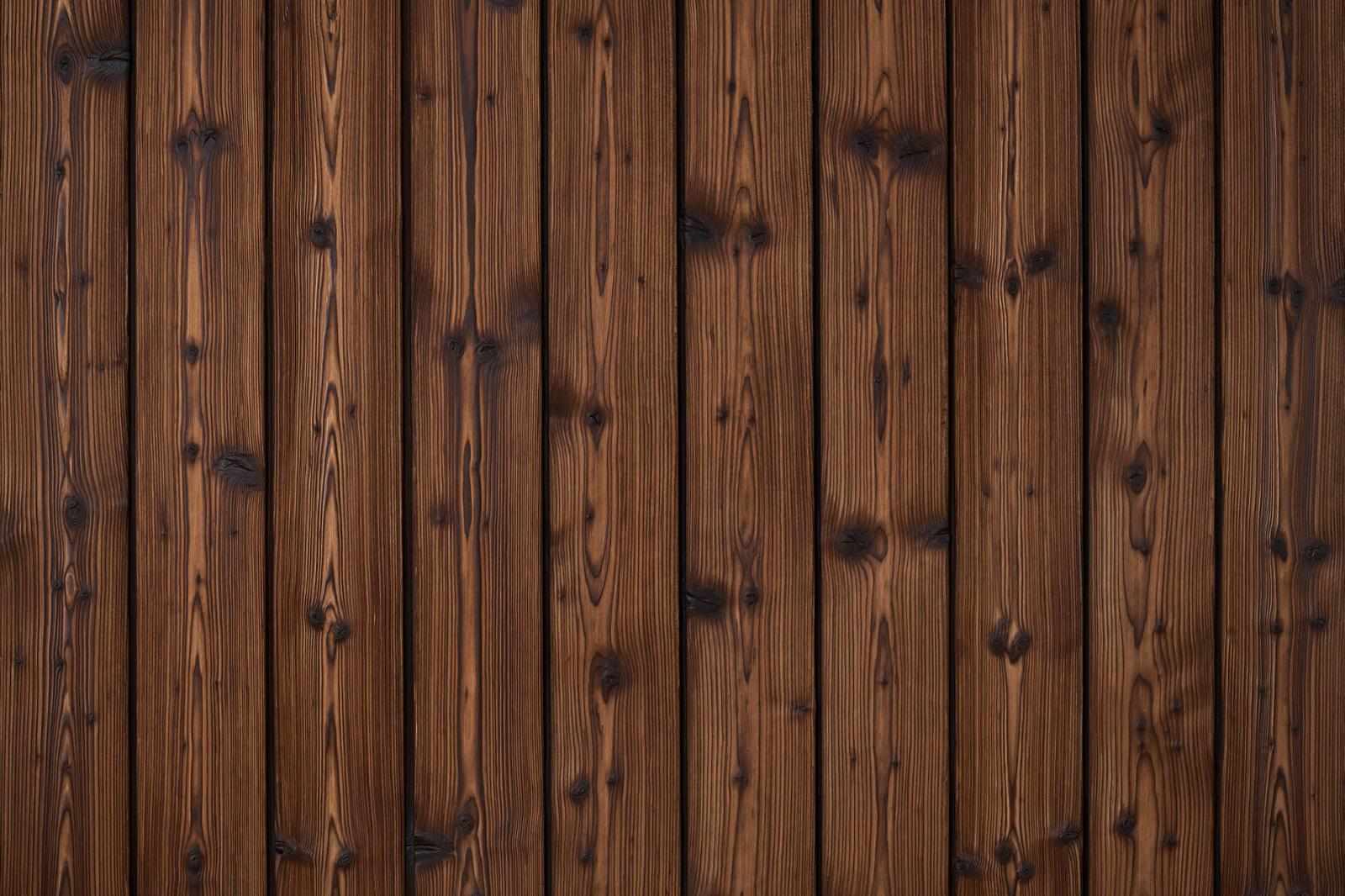
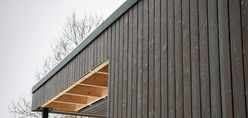
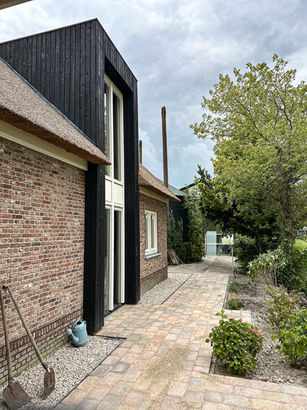
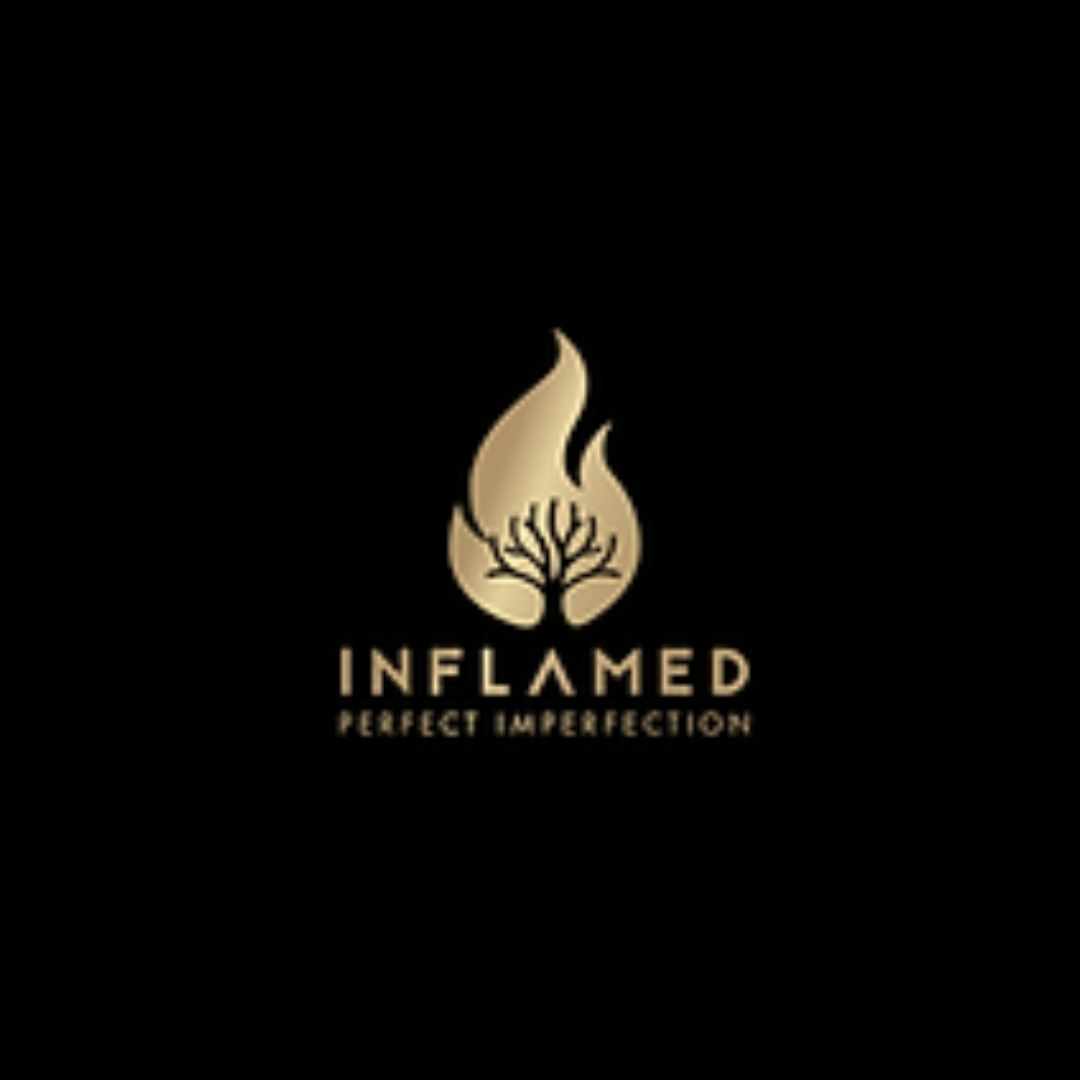
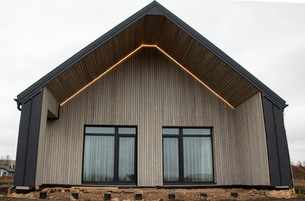

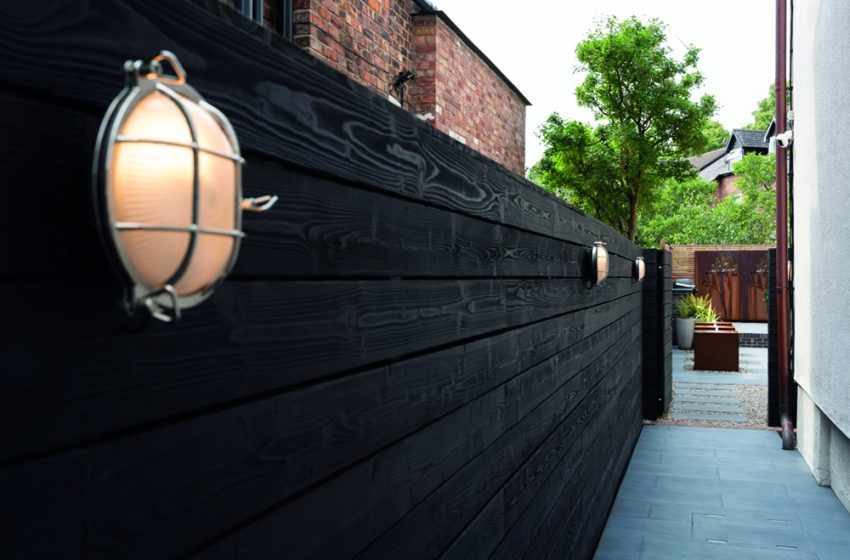
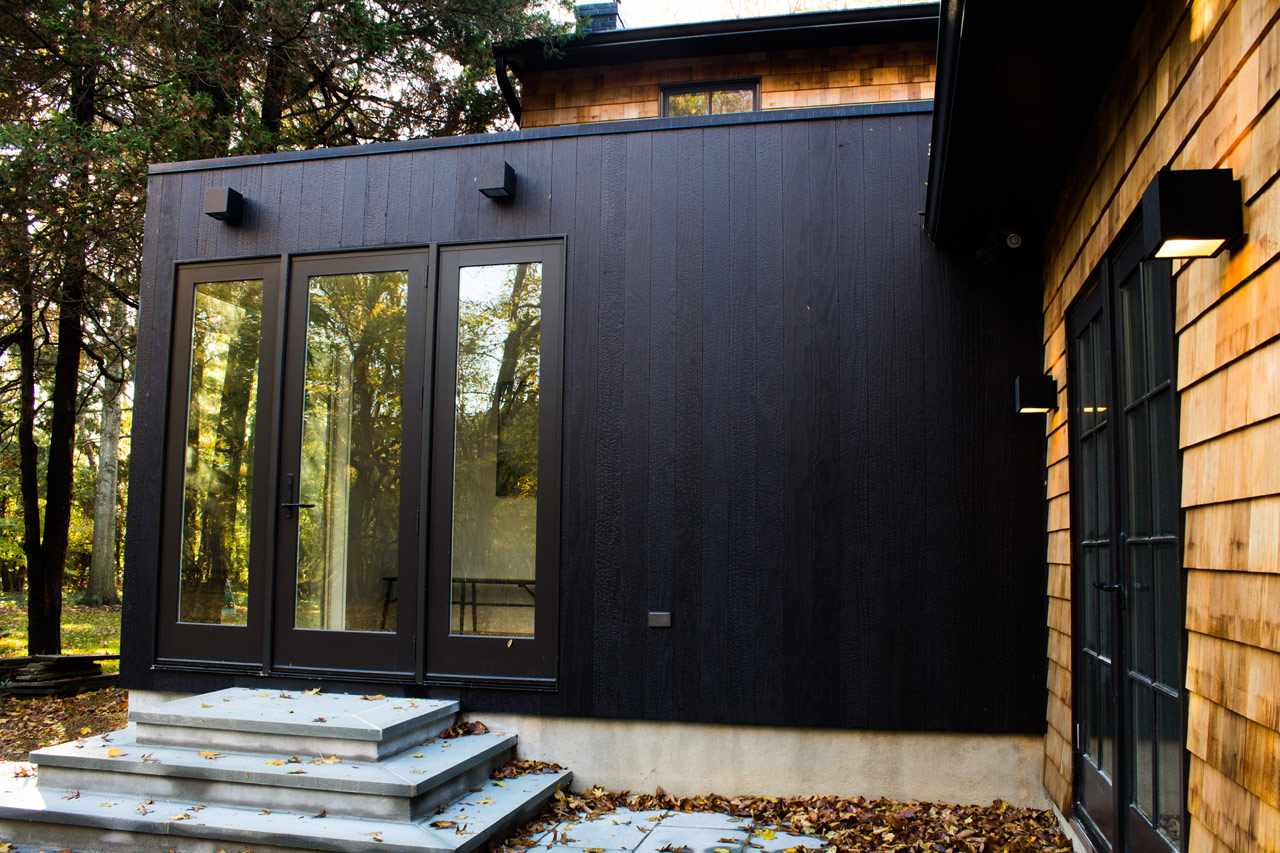
.jpg)
Write a comment ...